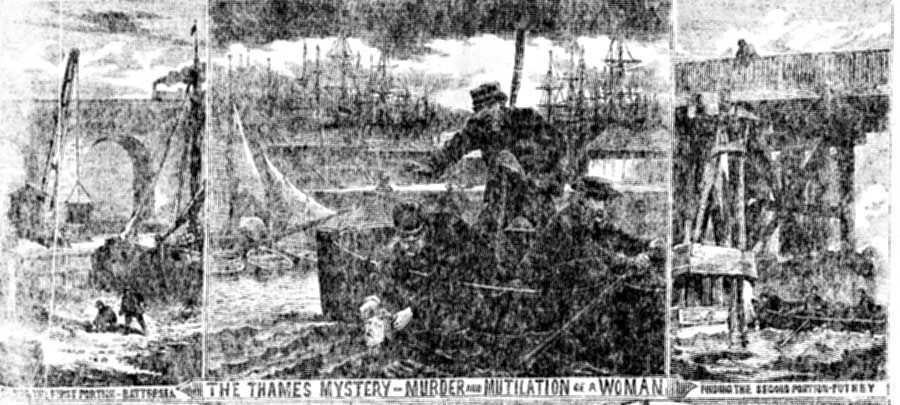Hi, everyone. I've recently come up with some very detailed articles regarding this case which I don't think have been posted before,
so I decided to start a thread dedicated specifically to the 1873 Thames Mystery.
This murder is known by several names, including The Battersea Mystery and The 1873 Thames Torso Murder.
The following article is from The Lancet, 1873.
It is quite detailed in its description of the terrible mutilations which were performed on the body of the victim.
The article also discusses and adamantly rejects any notion that the corpse might be a medical students' prank using a body stolen from the dissection room.
>I believe that Debs and Mike and several others have further material on this 1873 case, some of which is located on other Torso threads.
Maybe we can work on grouping all the info relating specifically to the 1873 Torso Murder here in order to create a convenient resource for those interested in this case? I'm hoping that Rob will come along with some nice newspaper illustrations.
Thanks and best regards, Archaic
so I decided to start a thread dedicated specifically to the 1873 Thames Mystery.
This murder is known by several names, including The Battersea Mystery and The 1873 Thames Torso Murder.
The following article is from The Lancet, 1873.
It is quite detailed in its description of the terrible mutilations which were performed on the body of the victim.
The article also discusses and adamantly rejects any notion that the corpse might be a medical students' prank using a body stolen from the dissection room.
>I believe that Debs and Mike and several others have further material on this 1873 case, some of which is located on other Torso threads.
Maybe we can work on grouping all the info relating specifically to the 1873 Torso Murder here in order to create a convenient resource for those interested in this case? I'm hoping that Rob will come along with some nice newspaper illustrations.

Thanks and best regards, Archaic







Comment